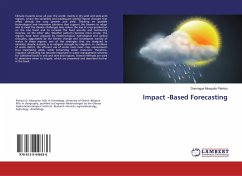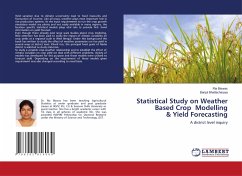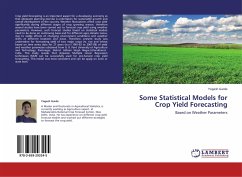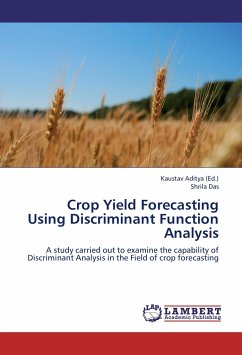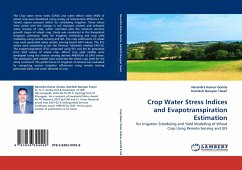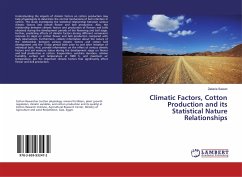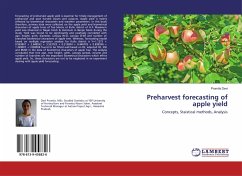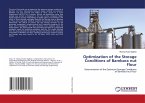Climatic hazards occur all over the world, mainly in dry (arid and semi-arid) regions, where the variability and inadequate rainfall impose drought that affect directly the crop growth and yield. Thinking on possible technological and innovative solutions that support the farmers to adapt and to meet the climate challenges may reduce the loss of crop production on the one hand and to increase the food security and community incomes, on the other side. Weather patterns become more erratic. The regions have been plagued by meteorological, hydrological and cyclical droughts, aggravated by the climate change and consequent scarcity of water. In these regions, one of the strategies that are designed to minimize climatic hazards is to mitigate drought by irrigation. In condition of water deficit, the efficient use of water must meet crop requirements thus maximizing yields, while conserving water resources. Therefore, irrigation scheduling has become important in water management schemes for cultivated lands in arid and semi-arid regions. Several methods are used to determine when to irrigate, which are presented and described further in the book.
Bitte wählen Sie Ihr Anliegen aus.
Rechnungen
Retourenschein anfordern
Bestellstatus
Storno

